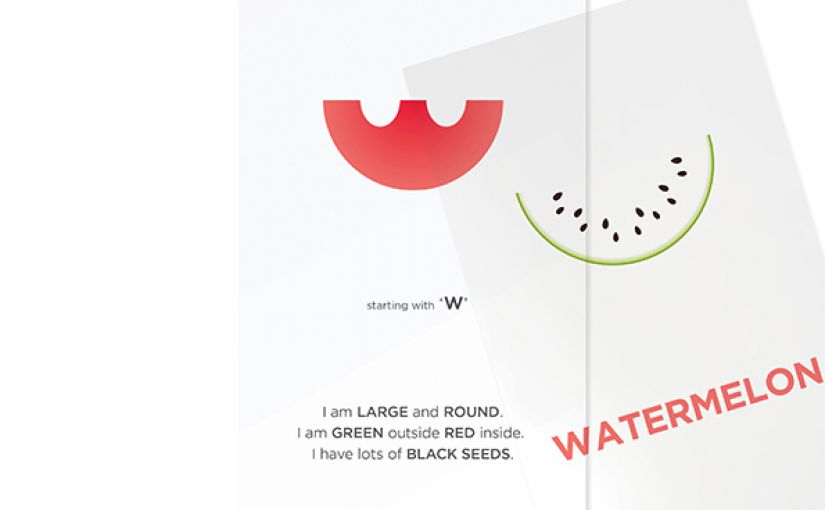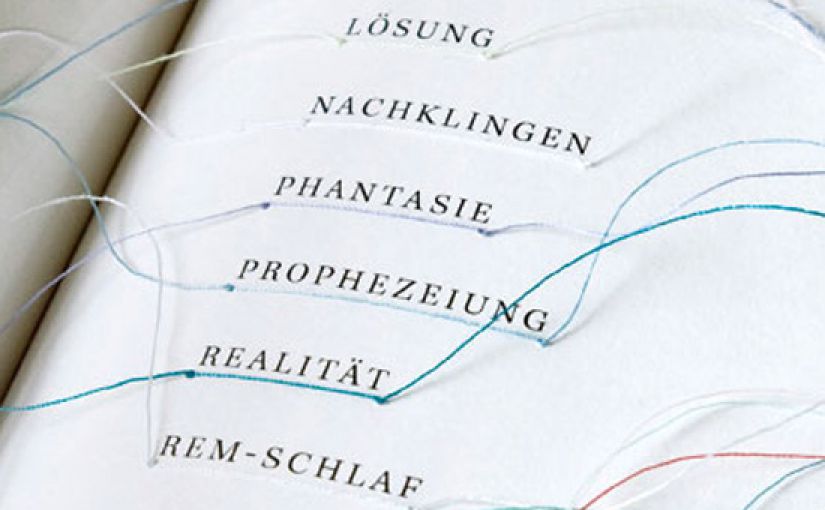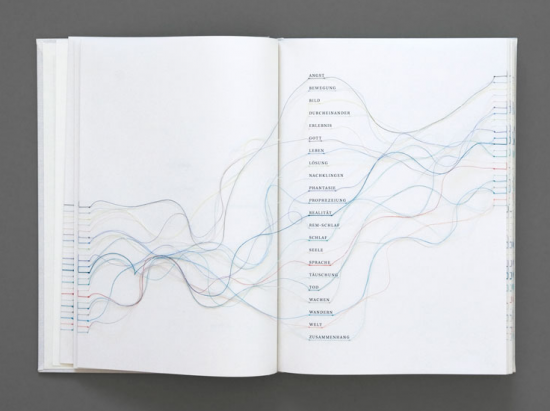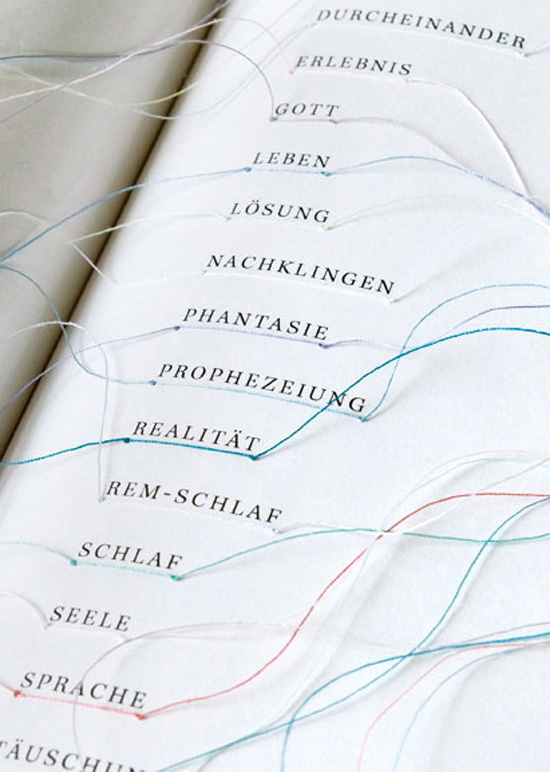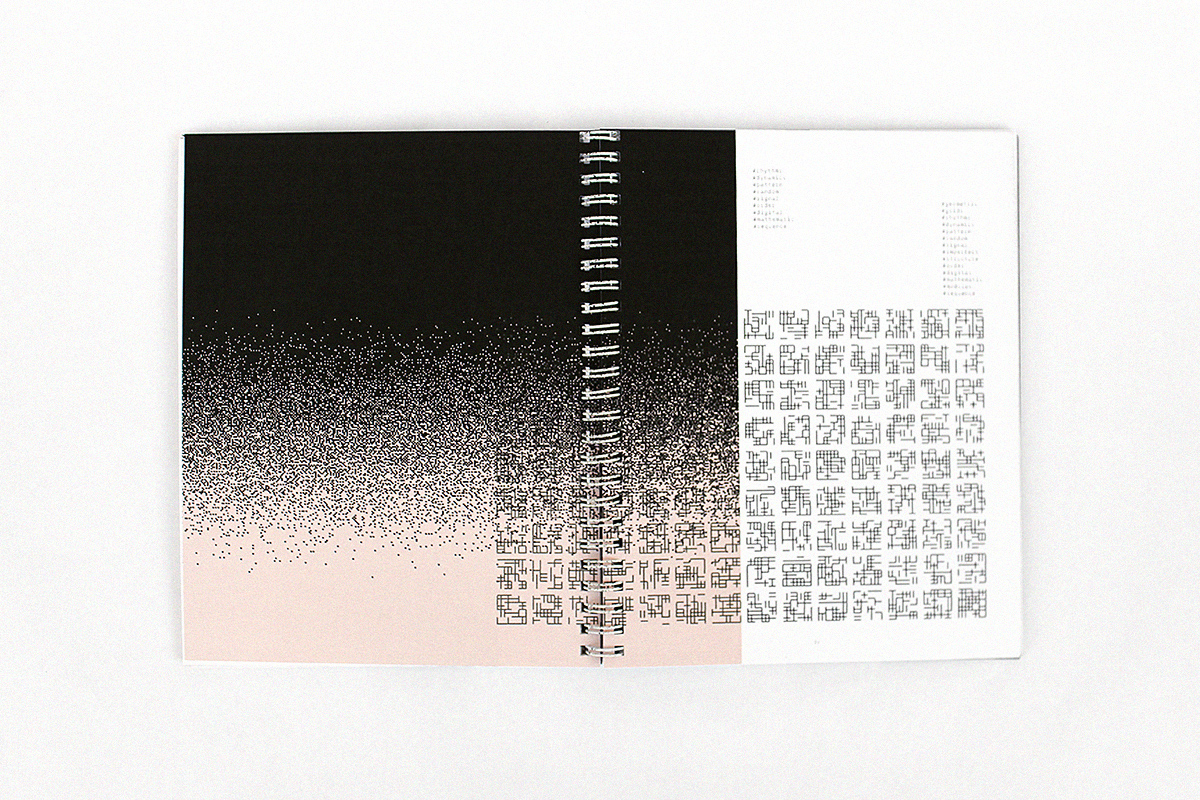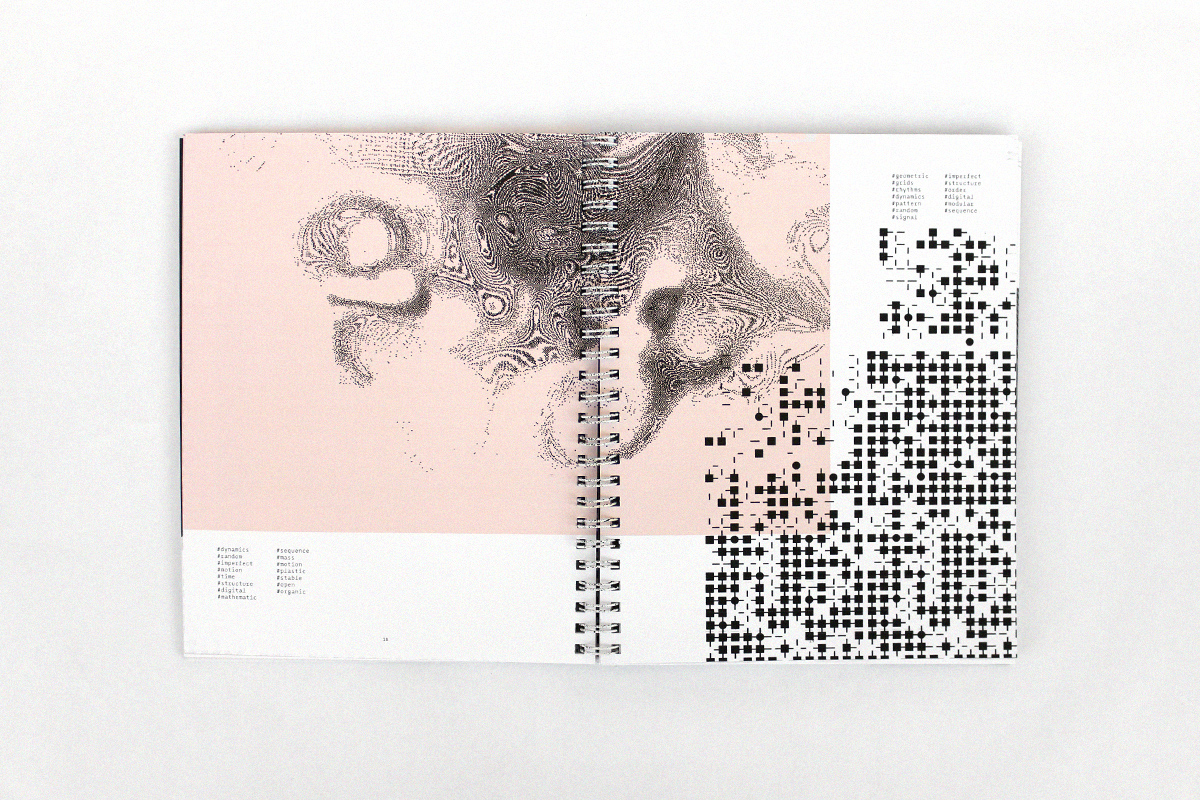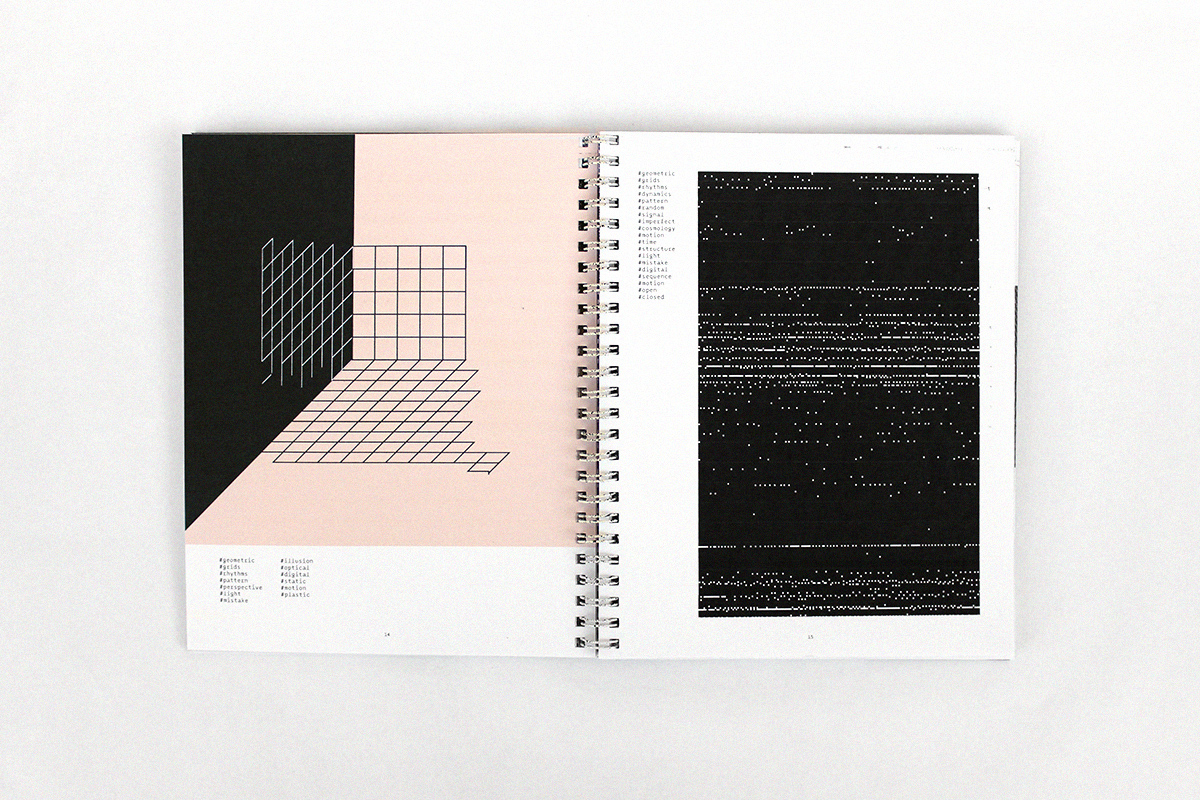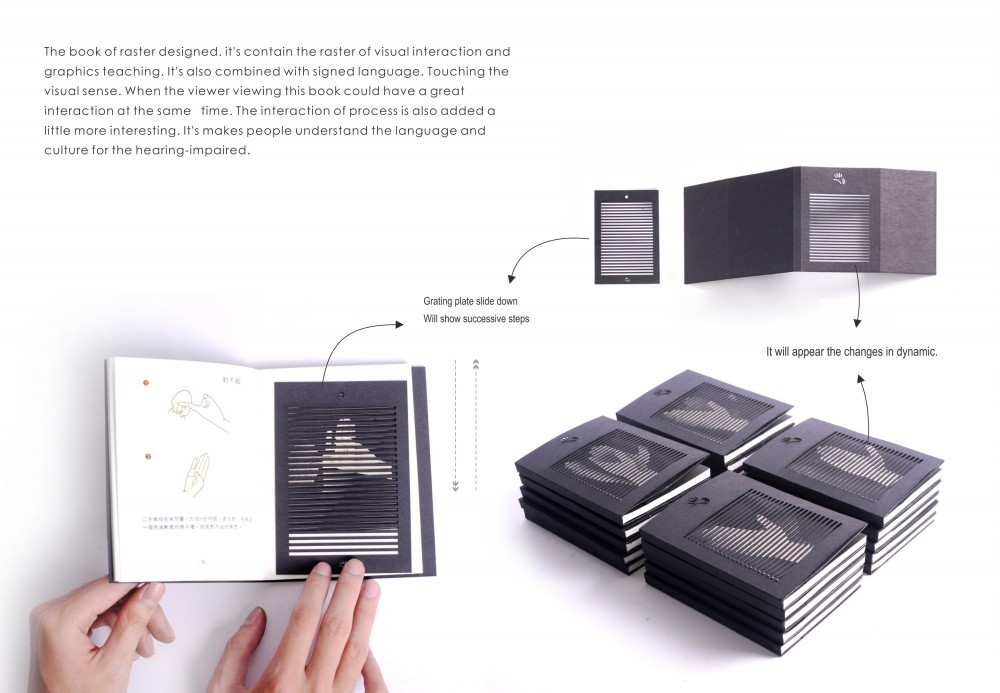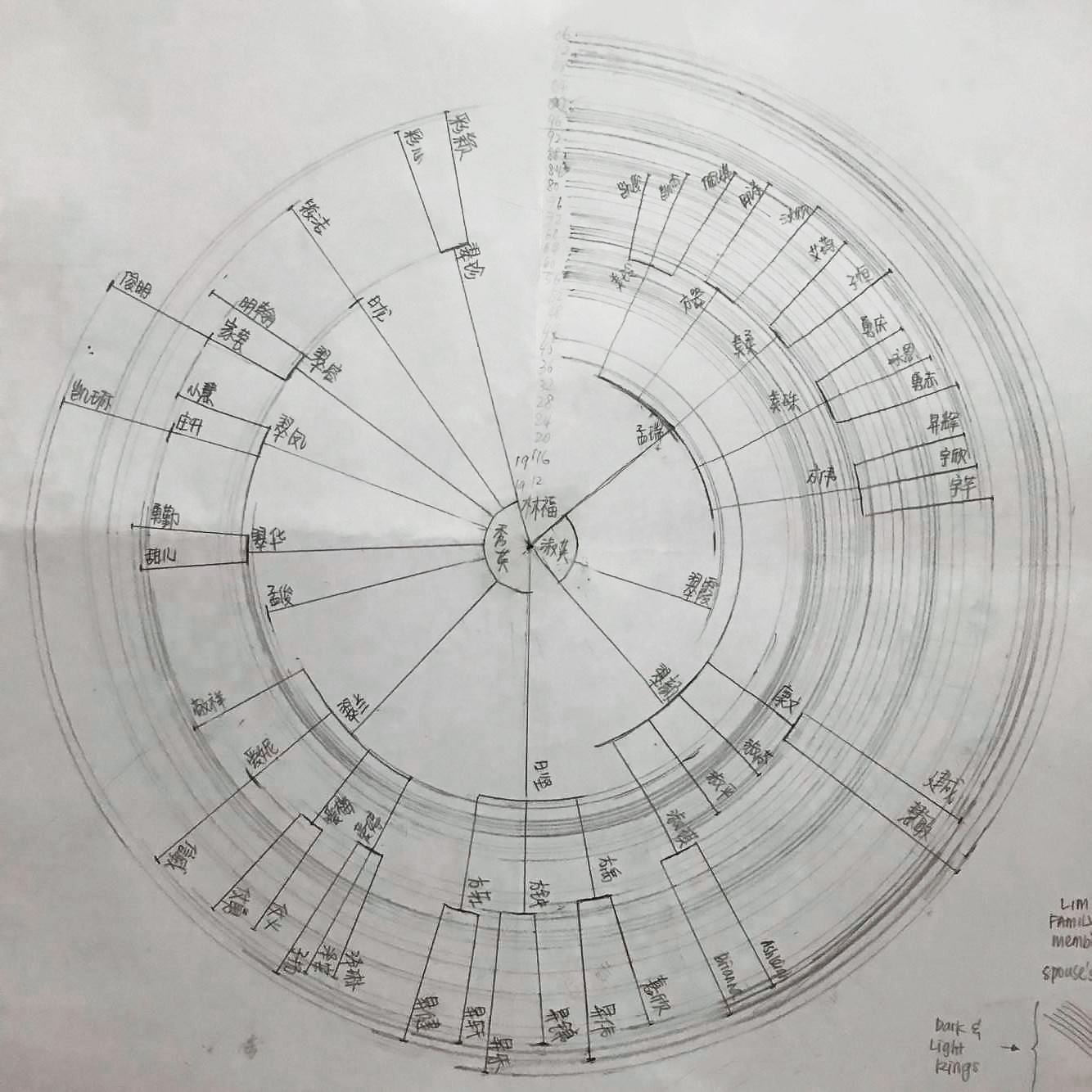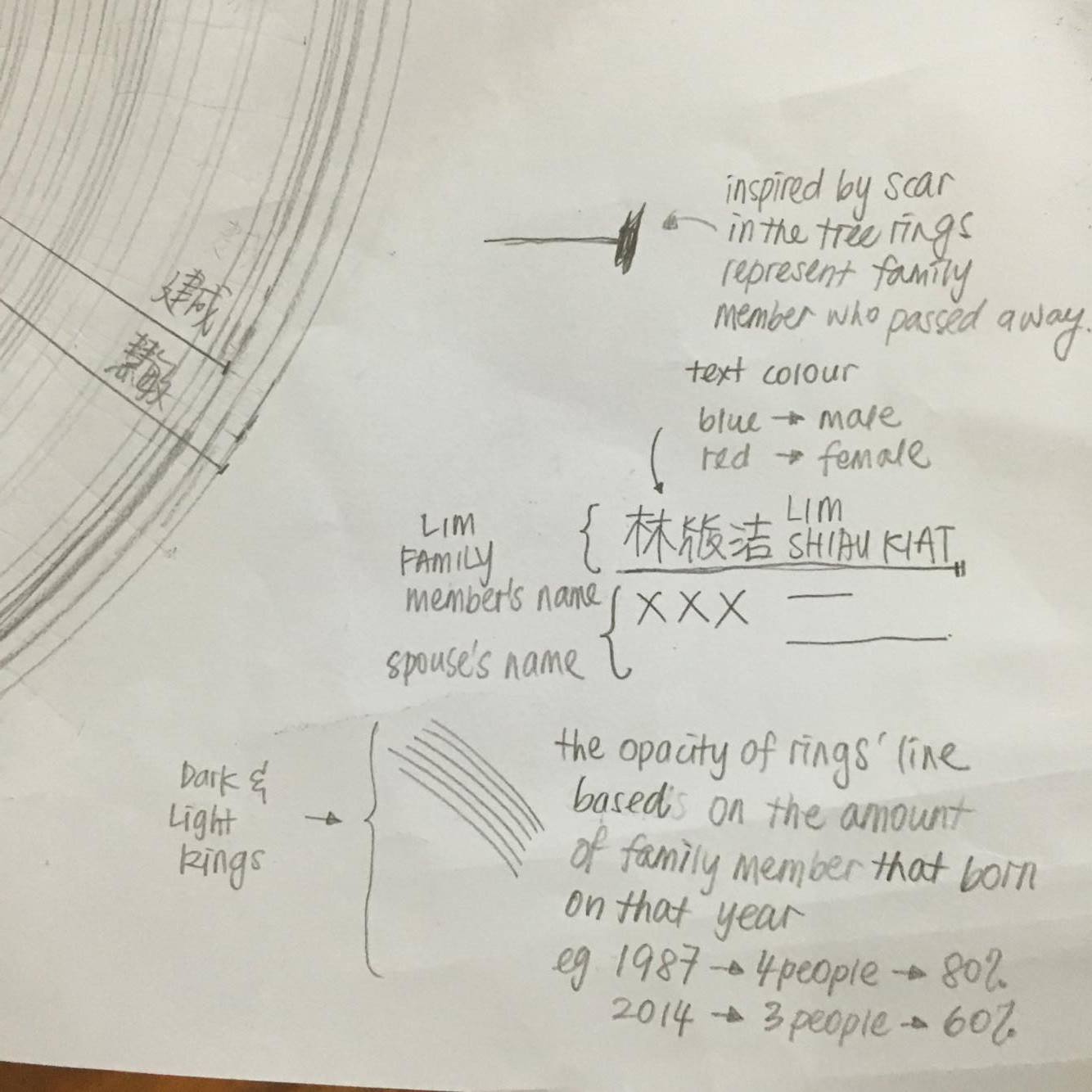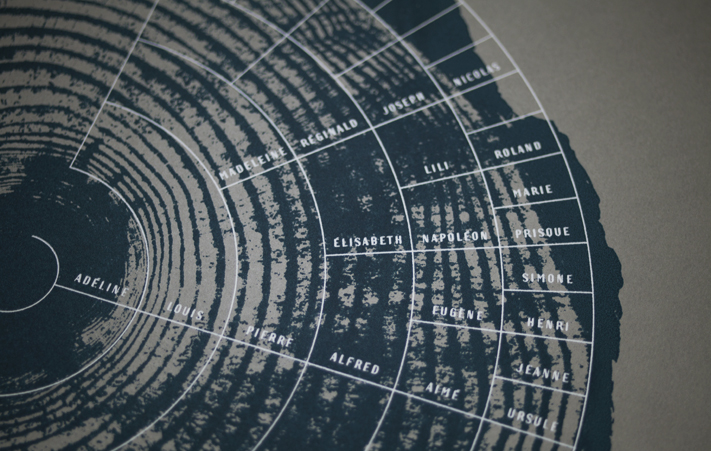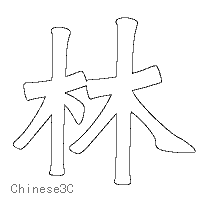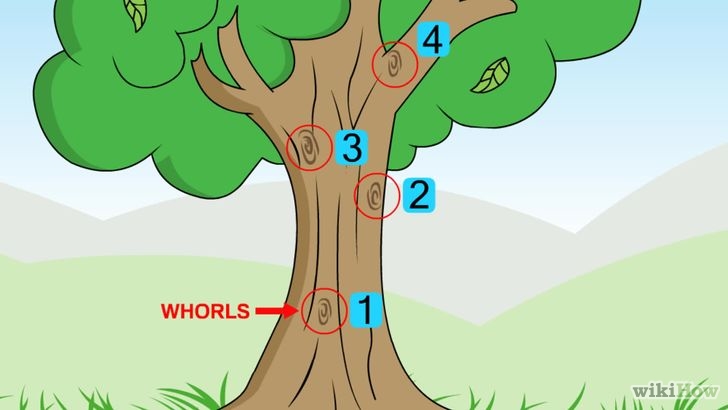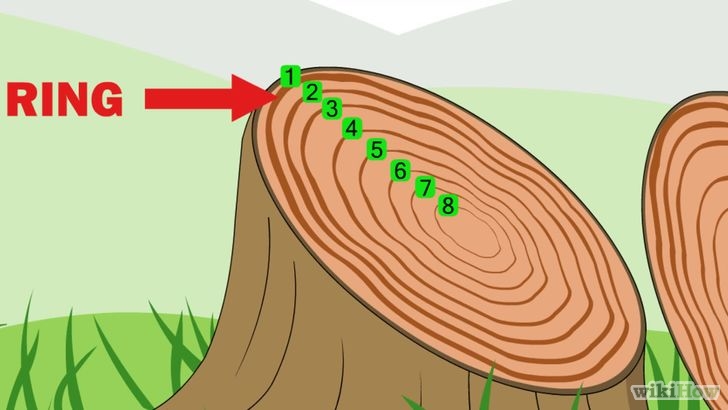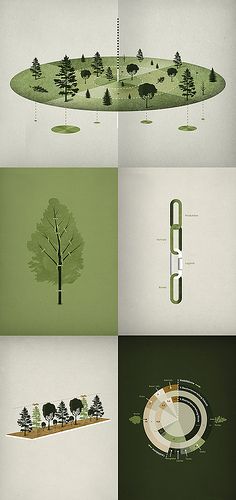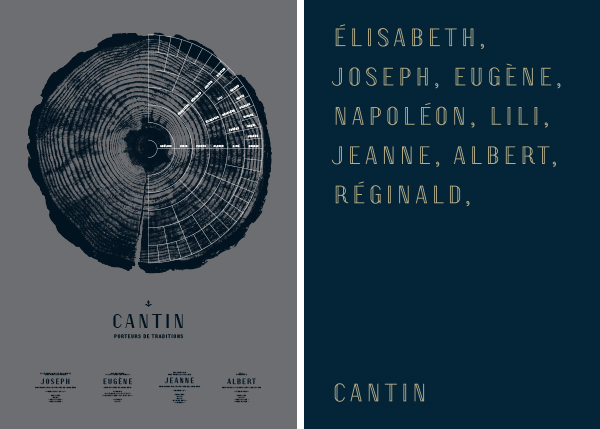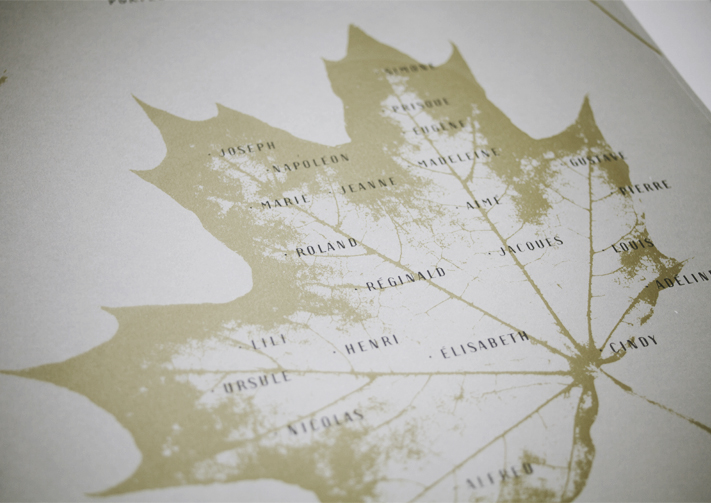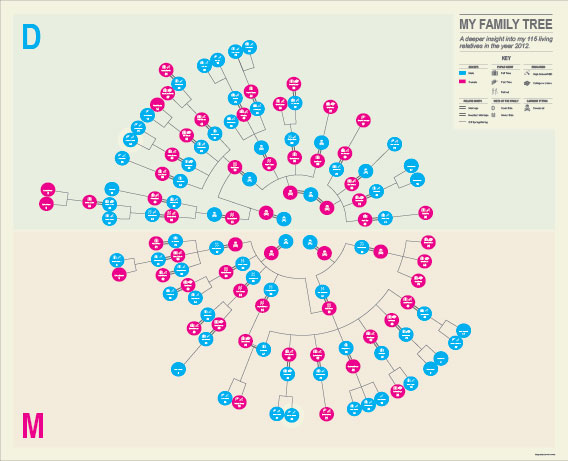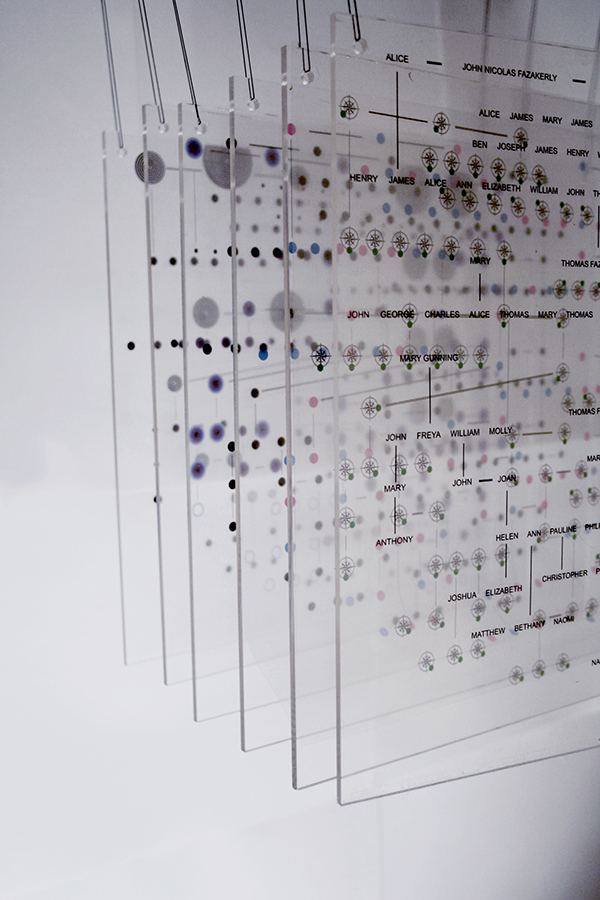Artist and designer Clemens Habicht has reimagined jigsaw puzzles by getting people to reassemble colors rather than shapes – 1,000 colors, to be exact.
His 1000 COLOURS puzzle follows a CMYK color gamut, which is one method by which printers achieve their colors. Though some of the colors are nearly imperceptibly different from each other, Habicht says the puzzle is actually easier than assembling a specific image; “Unlike ordinary puzzles where you are in effect redrawing a specific picture from a reference, you have a sense of where ever piece belongs compared to ever other piece. There is a real logic in the doing that is weirdly soothing, therapeutic.”
“The idea came from enjoying the subtle differences in the blue of a sky in a particularly brutal jigsaw puzzle, I found that without the presence of image detail to help locate a piece I was relying only on an intuitive sense of colour, and this was much more satisfying to do than the areas with image details.”
“The puzzle is 1,000 individual solid block colour tiles rather than a smooth gradient. In theory, inside the CMYK gamut there is an infinite number of colours, but its inside that printable range,” Clemens Habicht said.
This is 100 Colours – For people with smaller hands!
I think this is a very interesting activities for children to learn about colour amd stimulate their inborn colour sense.
References:
1000-Piece CMYK Color Gamut Jigsaw Puzzle By Designer Clemens Habicht
http://puzzle.lamingtondrive.com/

